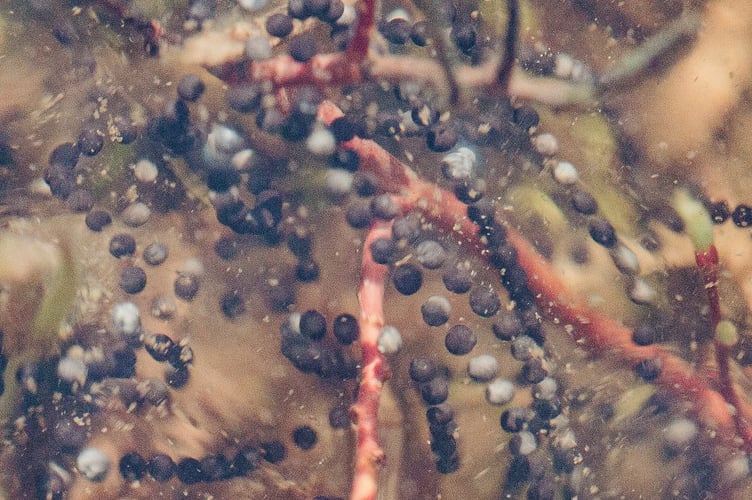Conservationists have something to shout about as a programme on a heathland site in East Hampshire has brought the “UK’s loudest amphibian” back from the brink.
Natterjack toads are making a remarkable comeback as a reintroduction programme on the Blackmoor Estate is breeding results.
Nearly 30 toadlets have been recorded in a recent survey with the upturn being hailed as “wonderful success story for nature recovery” both locally and regionally.
The toads – long associated with British folklore and renowned for their distinctive rasping call, which can be heard a mile away – were once widespread across the heaths of southern England.
But habitat loss and climate change has reduced their range to a single site in Woolmer Forest while the species is considered locally extinct in Sussex.
The tide began turning locally in 2021 when a nature recovery programme, led by the Amphibian and Reptile Conservation (ARC) and supported by the South Downs National Park Authority, Natural England and partners, began at the Blackmoor site near Whitehill & Bordon.

Shallow ponds have been created and heathland has been restored through the introduction of cattle grazing, producing perfect conditions for natterjacks to return.
The reintroduction programme has been a success with 28 toadlets being counted in the latest survey.
It’s also the first time that natterjack toads have been recorded breeding at Blackmoor in 50 years with the development also representing a “significant increase” in their local territory.
“We are delighted that everyone’s hard work is beginning to pay off and that the future of this fascinating species is looking brighter in the region,” said Jack Harper from ARC.
“This is a great first step to recovering the species within the South Downs National Park and a good blueprint for future reintroduction efforts.”
It also shows that wildlife can thrive if given half a chance according to Olivia French, Heathlands project team leader for the SDNPA.

She said: “With a breeding population at Woolmer and now Blackmoor the future for natterjack toads is certainly looking brighter than it was.
“This area is the last heathland bastion for this iconic species and extending their habitat range is a big step forward in stopping the species becoming locally extinct.”
Around 75 per cent of breeding sites for natterjack toads have disappeared around Great Britain over the last century. Most are now confined to coastal sand dune systems and grazing marshes around Cumbria and the Solway Firth.

Olivia added: “They are one of the most at-risk species from climate change because of rising sea levels, so this makes the comeback in Hampshire all the more significant – it’s wonderful to share this good news.”
Natterjack toads can only breed in large ‘puddles’ and spawn from April to August.
Conservationists have encouraged people visiting the area to keep their dogs on leads and out of shallow ponds and puddles around Woolmer Forest and the perimeter track during this period. The spawn strings of the natterjack are fragile and can be easily damaged by dogs running through them.




Comments
This article has no comments yet. Be the first to leave a comment.